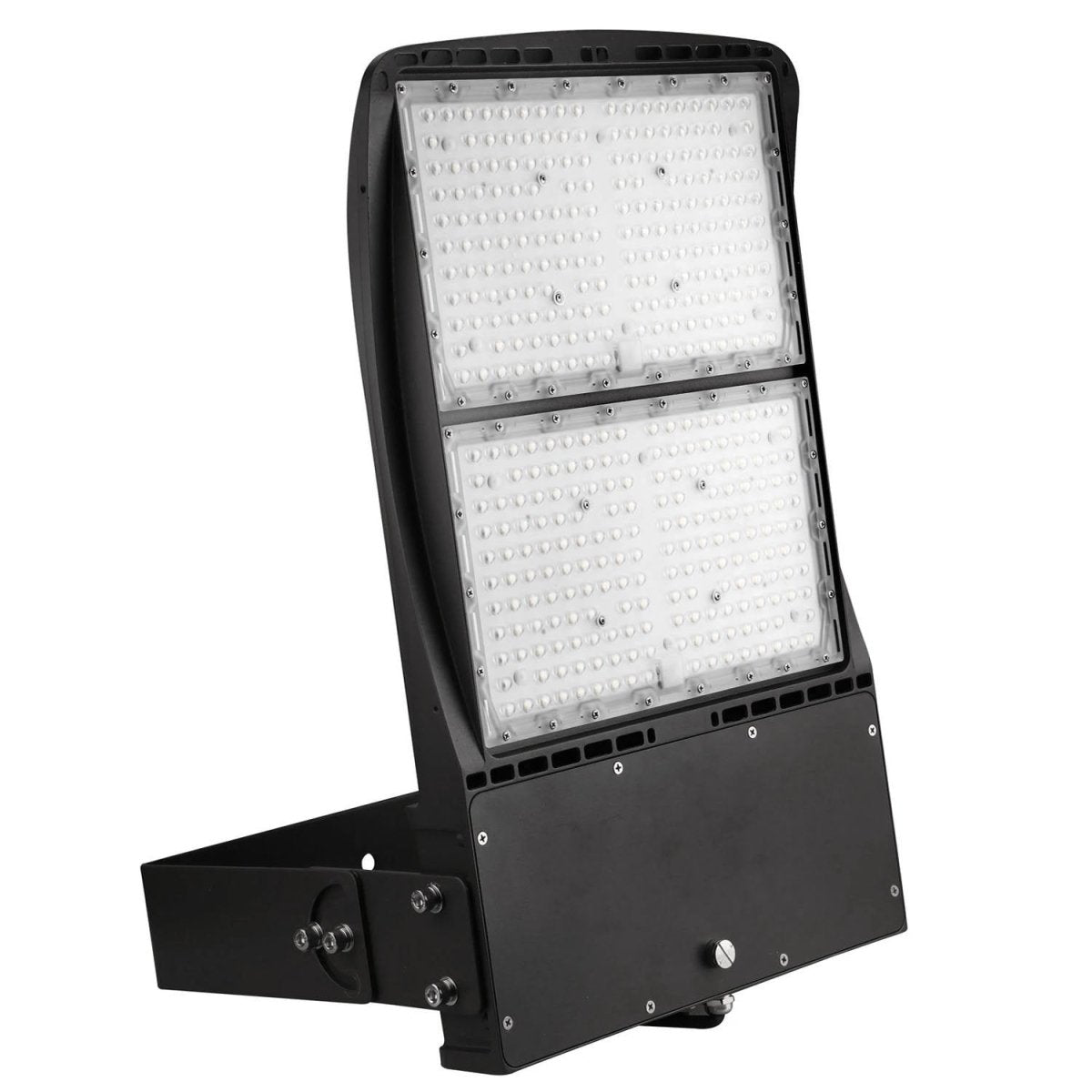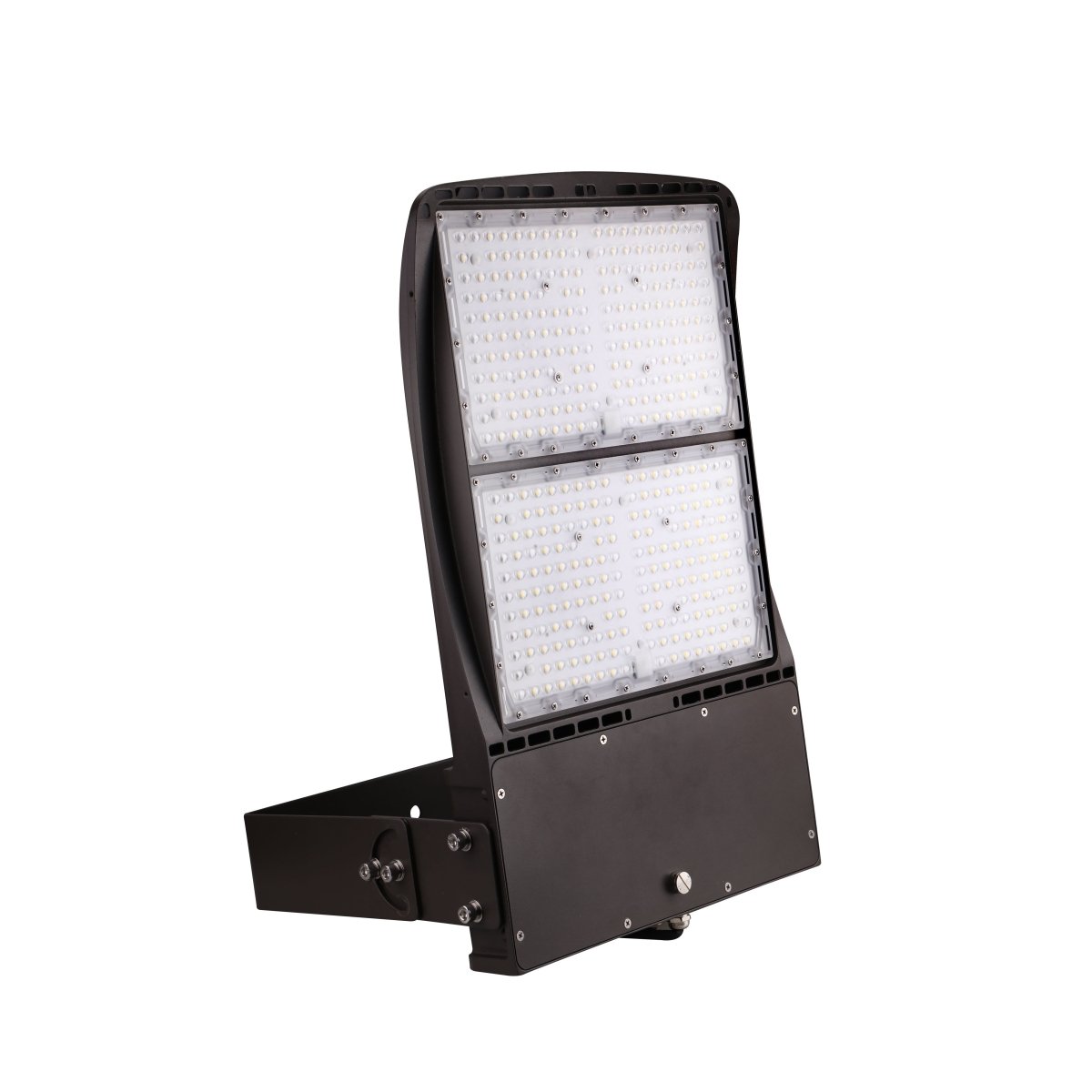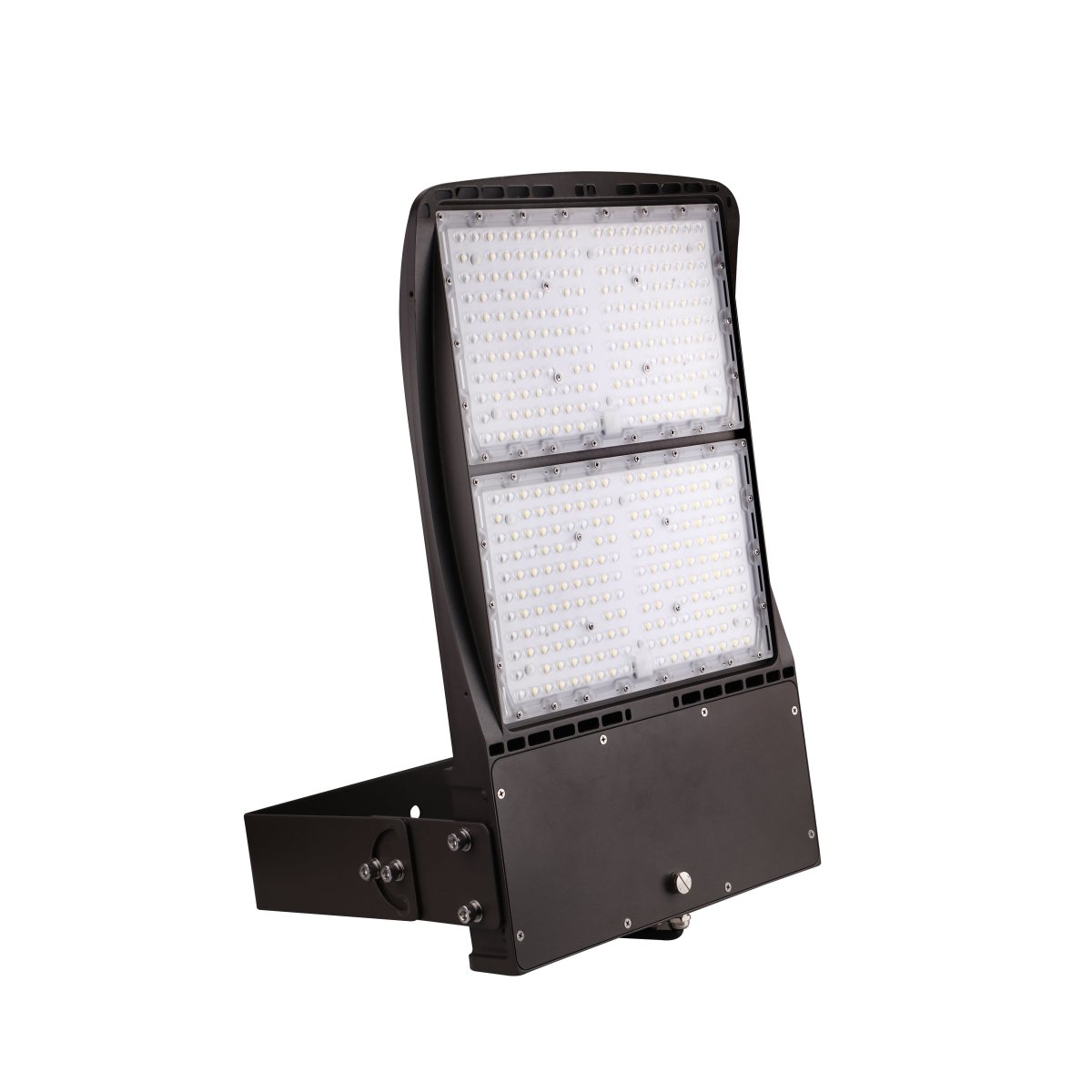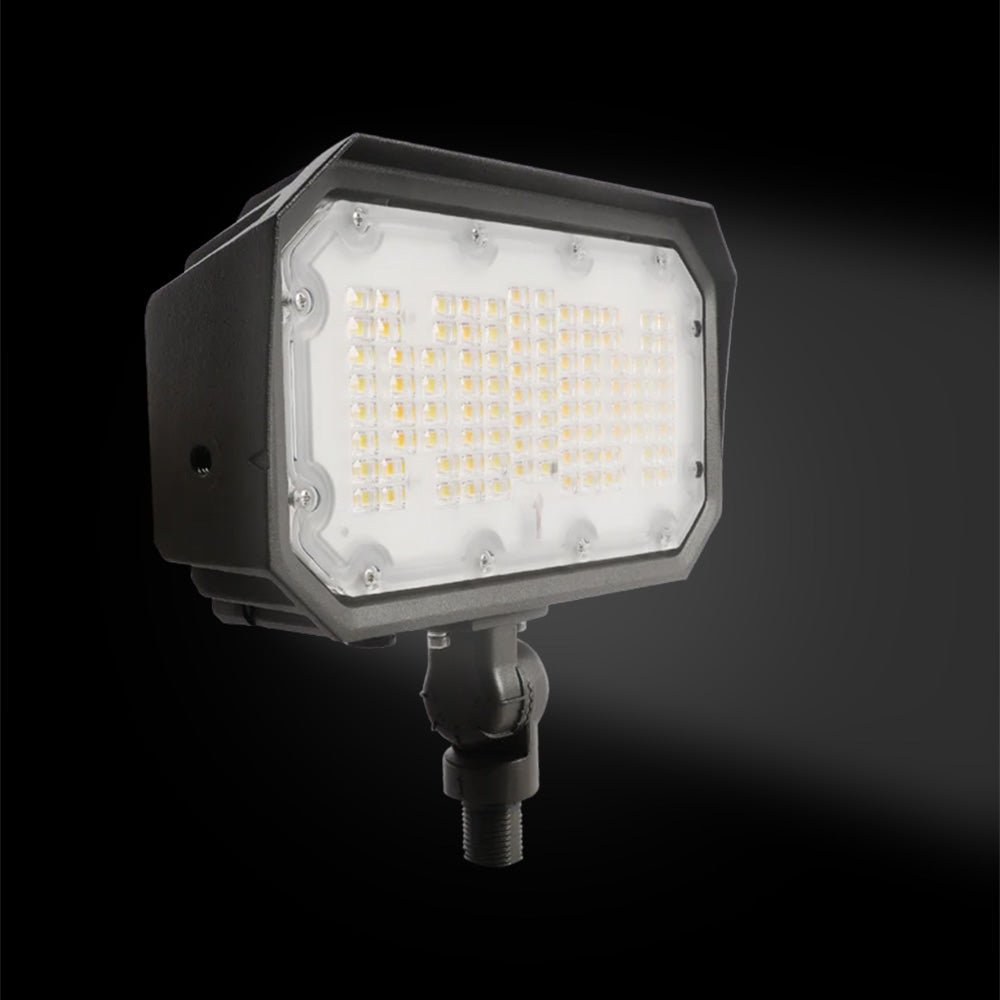Introduction
LED flood lights have revolutionized outdoor lighting with their energy efficiency, durability, and brightness. Whether you're upgrading your home security or enhancing the ambiance of your outdoor spaces, understanding how to install and maintain LED Flood Lights properly is crucial. This guide covers essential tips to ensure your LED flood lights function optimally for years to come.
1. Understanding LED Flood Lights
LED flood lights are powerful, broad-beamed lights designed to illuminate large areas. They use Light Emitting Diodes (LEDs) to produce bright, focused light, making them ideal for outdoor spaces like driveways, gardens, and sports fields.
2. Benefits of LED Flood Lights
LED flood lights offer several advantages over traditional lighting options:
- Energy Efficiency: They consume significantly less energy than halogen or incandescent lights, reducing electricity bills.
- Longevity: LED bulbs have a lifespan of up to 50,000 hours, minimizing the need for frequent replacements.
- Brightness: They provide bright, clear illumination, enhancing visibility and security.
- Durability: LED flood lights are resistant to shocks, vibrations, and environmental elements, ensuring longevity.
3. Planning Your Installation
Before installing LED flood lights, consider the following:
3.1 Assessing Lighting Needs
Evaluate the area you want to illuminate. Determine the required brightness level and coverage area to select the appropriate wattage and beam angle for your LED flood lights.
3.2 Choosing the Right LED Flood Lights
Select lights with weatherproof ratings suitable for your climate. Consider features like adjustable brackets for flexible installation and options for different light colors (warm white, cool white, etc.) based on your preference.

4. Steps to Install LED Flood Lights
Installing LED flood lights involves several steps to ensure proper functionality:
4.1 Pre-installation Preparation
Gather all necessary tools and equipment, including mounting brackets, screws, a ladder, and a voltage tester. Ensure the power source is turned off before starting.
4.2 Mounting the Fixtures
Position the fixtures at the desired locations, ensuring they are securely mounted to withstand weather conditions and vibrations. Follow manufacturer instructions for optimal positioning and spacing between lights.
4.3 Wiring and Connections
Carefully wire the lights according to local electrical codes. Use waterproof connectors and junction boxes to protect connections from moisture and corrosion.
4.4 Testing and Adjustments
After installation, test each light to ensure proper functionality and adjust the angle and direction as needed to achieve optimal lighting coverage.
5. Maintenance Tips for Longevity
To prolong the lifespan of your LED flood lights:
5.1 Regular Cleaning and Inspection
Clean lenses and fixtures periodically to remove dirt, debris, and insects that can obstruct light output. Inspect for signs of wear or damage and replace any faulty components promptly.
5.2 Handling Weather Conditions
Ensure waterproof seals remain intact. Secure loose connections and protect lights from extreme weather conditions like heavy rain, snow, or direct sunlight.
6. Troubleshooting Common Issues
Address common problems with LED flood lights:
6.1 Dimming or Flickering Lights
Check for loose connections or incompatible dimmer switches. Ensure the power supply matches the voltage requirements of the lights.
6.2 Water Damage or Corrosion
Inspect seals and connections for signs of water ingress. Replace damaged seals and components to prevent corrosion.
7. Enhancing Energy Efficiency
Maximize energy savings with LED flood lights:
7.1 Using Timers and Motion Sensors
Install timers or motion sensors to automatically control light usage based on occupancy or time of day, reducing energy consumption.
7.2 Upgrading to Smart Lighting Solutions
Integrate LED flood lights with smart home systems for remote monitoring and scheduling, further optimizing energy efficiency.
8. Safety Considerations
Prioritize safety during installation and use:
8.1 Electrical Safety Precautions
Turn off power before installation and use insulated tools to prevent electrical shocks. Hire a qualified electrician for complex installations.
8.2 Ensuring Waterproofing
Verify waterproof ratings and use appropriate sealing techniques to protect lights from moisture and environmental damage.
9. Environmental Impact of LED Flood Lights
LED technology reduces carbon footprint compared to traditional lighting due to lower energy consumption and longer lifespan, contributing to environmental sustainability.
10. Cost Considerations
While initial costs may be higher than traditional lights, LED flood lights offer long-term savings through reduced energy bills and maintenance expenses.
11. Comparing LED with Traditional Lighting
Highlight the advantages of LED flood lights over halogen or incandescent options in terms of efficiency, brightness, and environmental impact.
12. Applications and Versatility
Explore various applications of LED flood lights, from residential security lighting to commercial sports arenas and architectural lighting.
13. Innovations in LED Flood Lights
Discuss recent advancements such as integrated sensors, color-changing capabilities, and improved designs for enhanced functionality and aesthetics.
14. Conclusion
Installing and maintaining LED flood lights requires careful planning, proper installation techniques, and routine maintenance to ensure optimal performance and longevity. By following these tips, you can enjoy efficient, durable lighting solutions that enhance both safety and aesthetics.
15. FAQs About LED Flood Lights
FAQ 1: How long do LED flood lights last?
LED flood lights can last up to 50,000 hours, significantly longer than traditional lighting options.
FAQ 2: Can LED flood lights be used indoors?
Yes, LED flood lights are versatile and can be used indoors for accent lighting, security, or task lighting purposes.
FAQ 3: What is the difference between warm and cool LED flood lights?
Warm LED lights emit a softer, yellow-toned light suitable for ambiance, while cool LED lights produce a brighter, bluish-white light ideal for task lighting and security.
FAQ 4: Do LED flood lights require special disposal methods?
LEDs do not contain hazardous materials like mercury and can be disposed of in regular waste. Recycling options are available for environmentally conscious disposal.
FAQ 5: How can I maximize the lifespan of my LED flood lights?
Regular cleaning, avoiding overloading circuits, and using surge protectors can help maximize the lifespan of LED flood lights.























































































